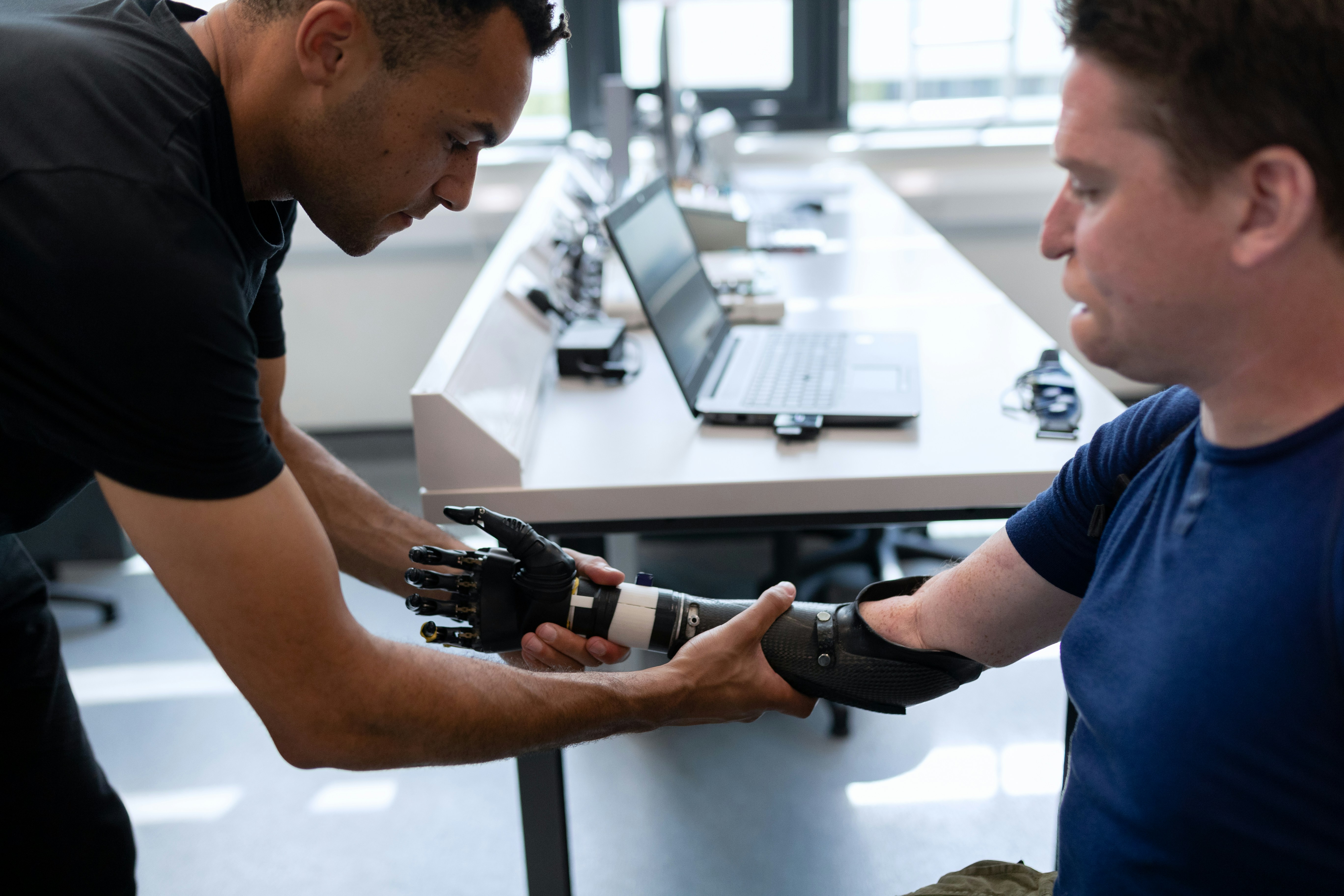Healthcare professionals are in demand. Medical professionals typically earn good salaries. People entering this career field can find opportunities in both urban and rural areas from coast to coast. This means that medical professionals can pursue their careers and live where they choose.
You do not have to become a doctor or nurse to have a medical career. There is a wide range of opportunities in healthcare, and some of these careers can be pursued with as little as 4 months of training.
Nuclear Medicine Technologists

Nuclear medicine technologists are trained to prepare radioactive drugs and give these drugs to patients. Most work in hospitals, although some work in medical offices. The US Bureau of Labor Statistics (BLS) reported their median annual salary was $76,820 per year in 2018 and they are expected to see solid job growth in their field through to 2028.
Nuclear medicine technologists need an associate’s degree to enter their field. They must be licensed by the state they work in.
Cardiovascular Technologists and Technicians

A certificate or associate’s degree is required to become a cardiovascular technologist or technician. Cardiovascular technologists and technicians can complete their ACLs renewal online. ACLS training qualifies these professionals to administer medications that may be required to save a patient who is having a heart attack or other critical health problems.
Cardiovascular technologists and technicians perform medical tests and procedures on a patient’s heart. They may locate blockages or identify other issues affecting the heart.
Phlebotomists

Phlebotomists may draw blood from people donating blood or from patients whose blood is needed for medical tests. They work in hospitals, medical labs and medical offices. The BLS expects job opportunities for phlebotomists to grow by 23% from 2018 to 2028, which is almost 5 times the expected job growth rate for all careers. The BLS also reported their 2018 median annual salary was $34,480.
Phlebotomists can complete their training with less than a year of postsecondary studies. Some programs require only four months of postsecondary training.
Plastic Surgeons

Plastic surgeons are surgeons who concentrate on performing procedures that alter a person’s appearance. They may work with patients who do not like some of their physical features. They may also perform procedures to negate the effects of aging. Plastic surgeons also restore a person’s features after they have been affected by illness or injury.
Surgeons may install a gastric sleeve to help patients lose weight. Some patients also require plastic surgery to remove excess skin after they have lost weight.
Occupational Therapy Assistants

Occupational therapy assistants can prepare for their careers by earning an associate’s degree. They are also required to have CPR and BLS certification. The BLS reported these medical professionals earned median salaries of $60,220 per year as of 2018 and could expect job opportunities to increase by 33% from 2018 to 2028.
Occupational therapy assistants help individuals who have disabilities or have been ill. They help patients learn or relearn how to perform daily living tasks, such as writing and fastening buttons.
Respiratory Therapists
Respiratory therapists can enter the field after earning an associate’s degree. The BLS reports their median annual income was over $60,000 in 2018 and that demand for respiratory therapists is expected to increase by 21% from 2018 to 2028. They test and treat patients who have difficulty breathing. This includes patients with asthma.
Respiratory therapists are required to have a license in every state except Alaska.
Orthotists and Prosthetists

Orthotists and prosthetists make medical devices. Orthotists focus on braces and other support devices. Prosthetists make artificial body parts, such as artificial limbs. Some people opt to work with both artificial parts and support devices when they enter this field. They assess patients, design the devices they need and ensure patients know how to use the devices properly.
A master’s degree is required to become an orthotist or prosthetist.
Surgical Technologists

Surgical technologists can enter their field with a certificate or diploma. Surgical technologists ensure that all of the equipment used in operations is properly sterilized. They restock supplies in operating rooms. The US Bureau of Labor Statistics expects opportunities for surgical technologists to increase at almost double the average growth rate of all occupations through to 2028 and reported that these professionals earned median annual incomes of $47,300 as of 2018.
Surgical technologists may also be responsible for preparing patients for surgery.











